Built in the 1940s, the Flight Research Building (Hangar) is a 160-by-280-foot heated facility that is large enough to hold numerous aircraft of various sizes. It has been home to many unique and innovative aircraft over the years.
Facility Overview
Home to many unique and innovative aircraft, the Flight Research Building, also known as the NASA Glenn Hangar, is located at NASA’s Glenn Research Center adjacent to Cleveland Hopkins International Airport. Built in the 1940s, the Hangar is a 160-by-280-foot heated facility that is large enough to hold numerous aircraft of various sizes.
Inside the Hangar, there is a Flight Operations Administrative Office that is responsible for daily operations, a pilots’ lounge, and flight-planning areas. There is also a full-scale metal, battery, and avionics shop. Aircraft Operations at NASA Glenn flies, maintains, and modifies numerous aircraft for scientific research and aeronautical test purposes.
Facility Aircraft
Pilatus PC-12NG
The newly acquired 2008 Pilatus PC-12NG aircraft is a versatile platform that is expected to serve NASA’s research community in the years to come. It has a large cargo door to facilitate loading research equipment and racks. The modern avionics suite will provide exceptional situational awareness while flying demanding research profiles.
T-34C Mentor
The T-34C Mentor is a new arrival to NASA Glenn, but employees are quite familiar with the aircraft. The well-built, agile aircraft is invaluable to Aircraft Operations at NASA Glenn due to its economic and easy-to-maneuver form.
Quick Facts
| Flight Research Building | |
|---|---|
| Size | 160 feet by 280 feet |
| Services | Oxygen, AC/DC power, fuel |
| Aircraft | Pilatus PC-12NG T-34 Mentor |
- Take a virtual tour of our Flight Research Building.
- The Flight Research Building, better known as the Hangar, was one of seven original buildings completed by 1945 at the newly constructed Aircraft Engine Research Laboratory (today, NASA Glenn).
Capabilities
Hangar Services
- Oxygen
- AC/DC power for aircraft
- Fuel through a local FBO
- Tow vehicles and tow bars
Pilatus PC-12NG Capabilities
This multipurpose aircraft can support varying research flight profiles and flies well throughout it speed and altitude range. It has excellent short field capability that opens remote airports not normally accessible by other aircraft in its class. The low operating costs and high cruise speed make it the aircraft of choice for missions that require flights in a wide range of locations around the world.
| Wingspan | 53 feet, 4 inches |
| Length | 47 feet, 3 inches |
| Height | 14 feet |
| Powerplants | Pratt & Whitney PT6A-67P flat rated to 1,200 SHP |
| Pilots | 1-2 |
| Researchers | 1-5 |
| Speed Range | 100-270 KIAS |
| Max Range | 1,600 Nautical miles* |
| Duration | 5.5 hours |
| Ceiling | 30,000 feet |
| Gross Weight | 10,450 pounds |
| Payload | @3,000 pounds |
| Electrical Configuration | Currently 85 amps DC (Upgradable to accommodate more amperage based on customer) |
| Mission Configuration | Spectre lift platform and mission console |
| Communications | HF, VHF, SATCOM |
T-34 Mentor Capabilities
The T-34C Mentor is an economical platform that is especially suited for small sensor flights. It has been used in the past to validate sensors that are planned for unmanned vehicles. The operator has the ability to remotely control the sensor or operate it from the aft seat during flight.
| Wingspan | 33 feet, 4 inches (10.60 m) |
| Length | 28 feet, 6 inches (8.75 m) |
| Height | 9 feet, 7 inches (2.92 m) |
| Powerplants | Pratt and Whitney Canada PT6A-25 Turboprop, 550 shp |
| Pilots | 1 |
| Researchers | 1 |
| Speed Range | 120-200 KIAS |
| Max Range | 550 nautical miles |
| Duration | 3.0 hours |
| Ceiling | 25,000 feet |
| Gross Weight | 4,400 pounds |
| Useful Load | 300 pounds* |
| Electrical Configuration 1 | 28 Volts DC: 40 amps |
| Electrical Configuration 2 | 115 Volts AC 60 Hz: 2.5 amps 28 Volts DC: 24 amps |
| View Ports | 4”-diameter nadir port along bottom centerline |
| Projects | GLESM – camera mounted to baggage door |
| External Capacity | Fuselage research pod |
Contact
Flight Research Building
Chief of Aircraft Operations: Mark Russell
Office: 216-433-5243
Mark.S.Russell@nasa.gov
Using Our Facilities
NASA’s Glenn Research Center in Cleveland provides ground test facilities to industry, government, and academia. If you are considering testing in one of our facilities or would like further information about a specific facility or capability, please let us know.




























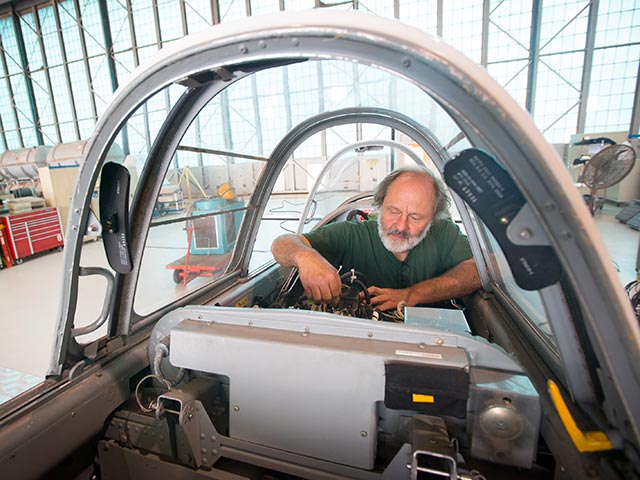
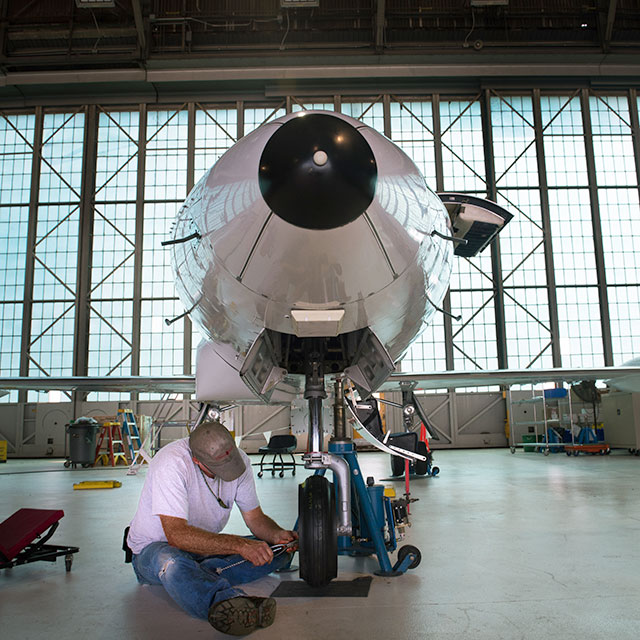

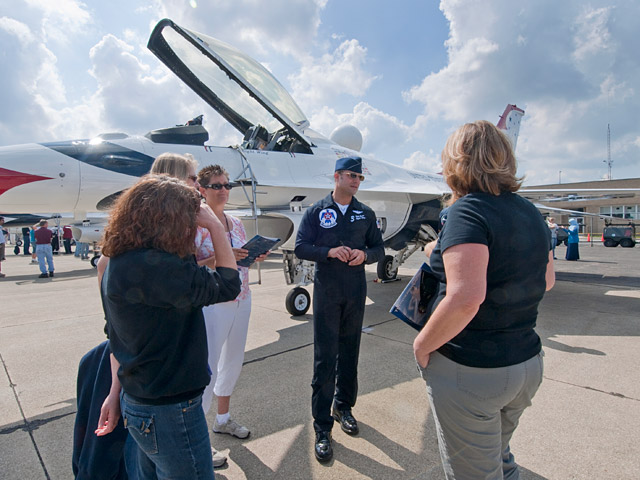
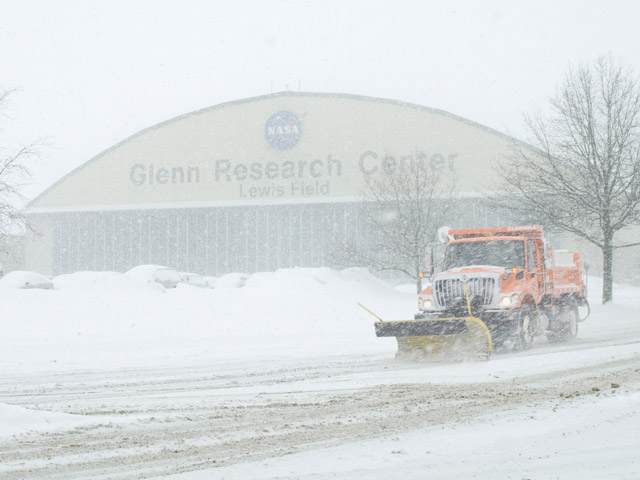

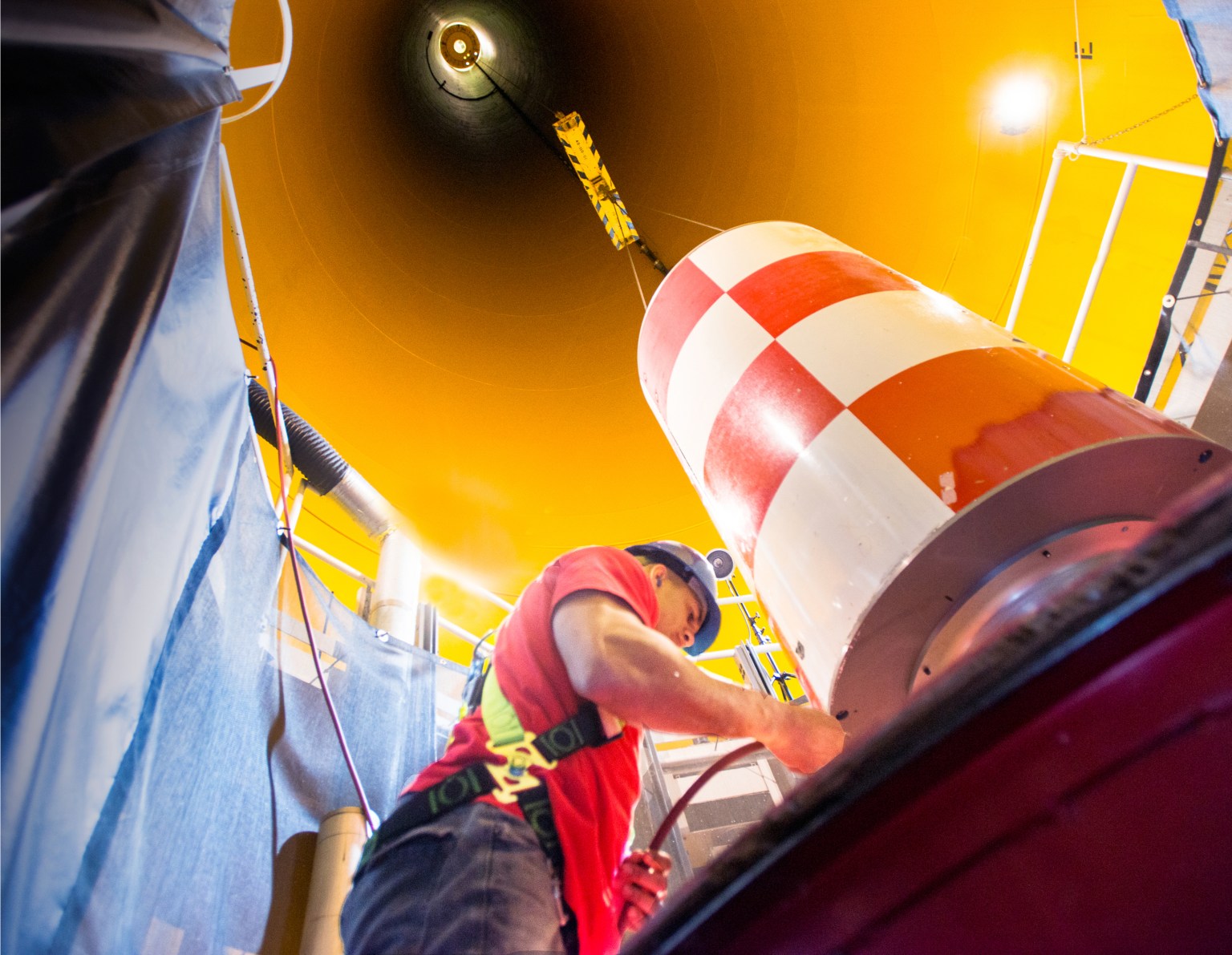
/Hubble%20Space%20Telescope%20(A).png)
